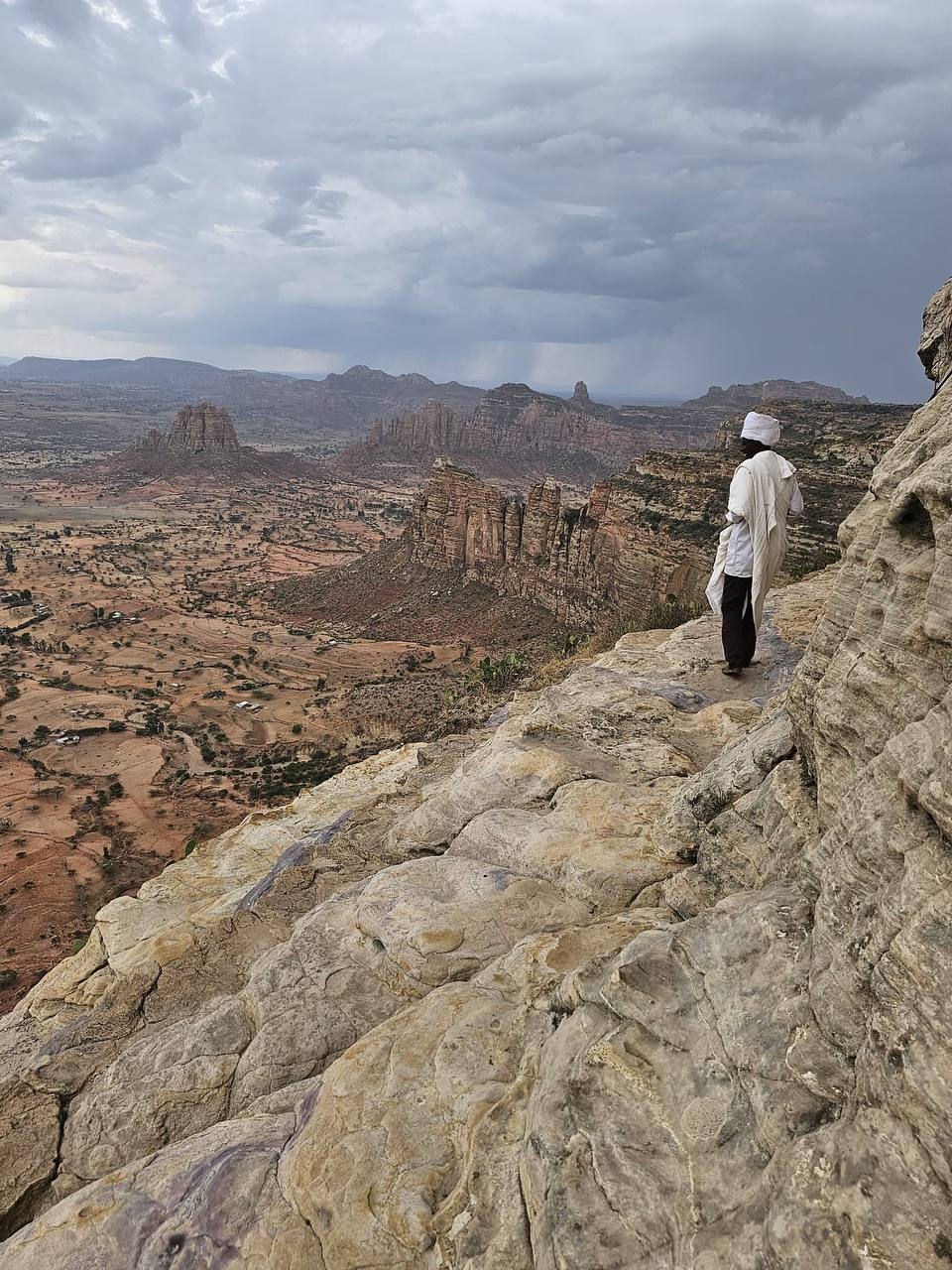Gheralta Rock Hewn Churches in Tigray,Ethiopia.
- Ethiopia Eco
- Jul 5
- 2 min read
Tigray is home to 121 rock-hewn churches, believed to represent the single largest group of rock-hewn architecture in the world. Eighty of these churches, dating from the 5th to 14th centuries AD, as well as a small number of masonry-and-timber built churches, which include some of the oldest timber structures surviving worldwide (6th – 10th centuries AD), are located in the Sacred Landscapes of Tigray.
The Gheralta Sacred Landscape, which consists of the Gheralta ridge and the twenty-eight rock-hewn monuments carved into the sandstone.
The rock-hewn monuments of Gheralta, which are located at altitudes varying from approx. 2100 –2500 metres above sea level, have been carved into various levels of the sandstone, from the bottom to the top of the outcrop. The monuments were excavated at different dates over a period of 1,500 years, from the 5th – 14th centuries AD. Located in a spectacular landscape of great scenic beauty, access to many of them is extremely challenging and in some cases involves climbing vertical surfaces utilizing handholds and footholds cut into the rock, or by walking along a narrow ledge with a vertical drop below. Some of the earliest may originally have been tombs excavated during the period of the Axumite empire (ended c. 700 AD) and were converted to religious use at a later period. The structures hewn out of the rock to serve as churches from the firsts have plans with columns, arches, beams and domes which imitate conventional masonry and timber construction. Many of the churches contain wall-paintings, dating from 13th – 19th centuries. All churches remain in use, performing their original religious function, and many contain religious treasures in the form of manuscripts, portable paintings, crosses, crowns, sistra, drums and other religious artefacts.







Comments